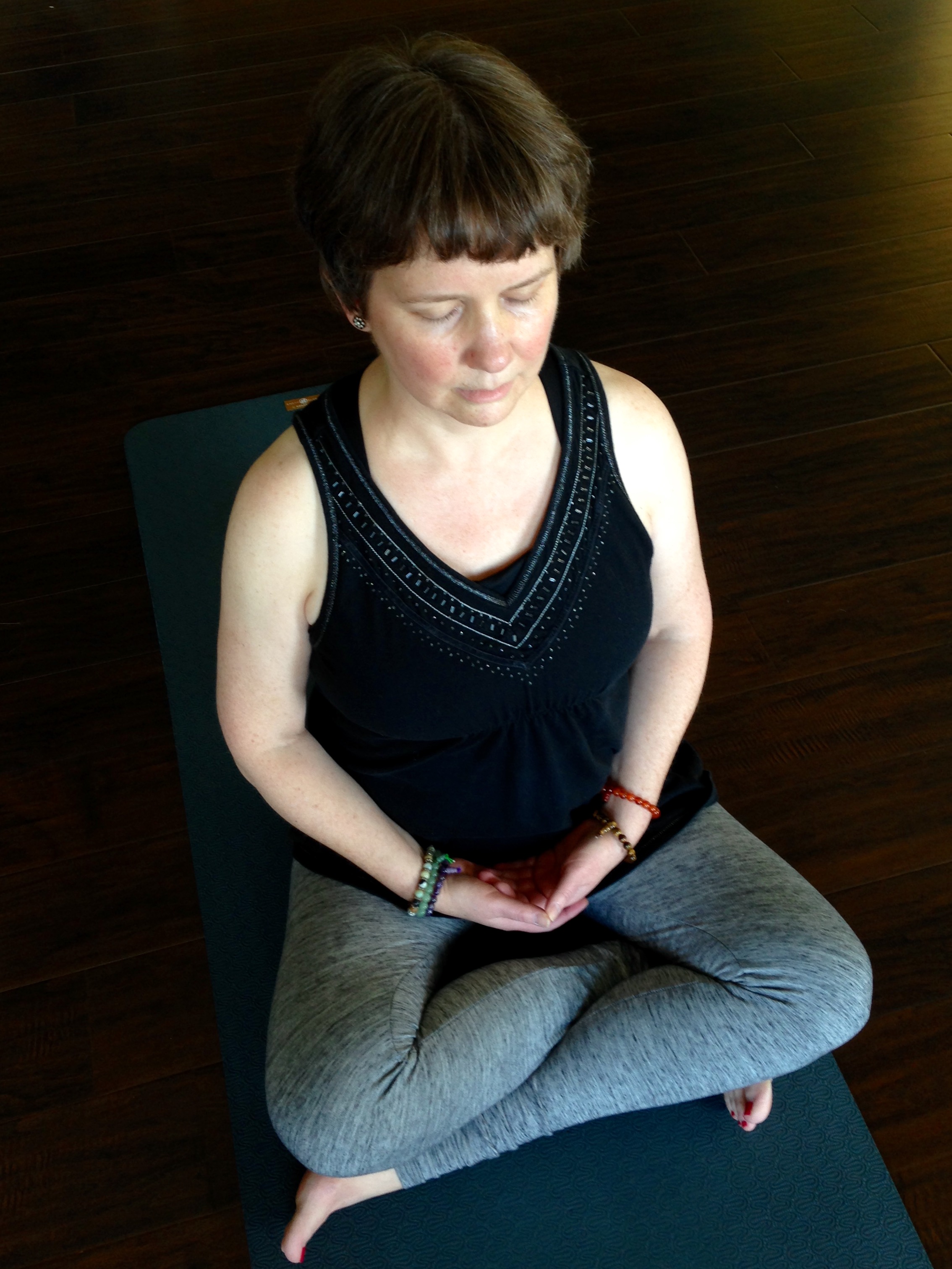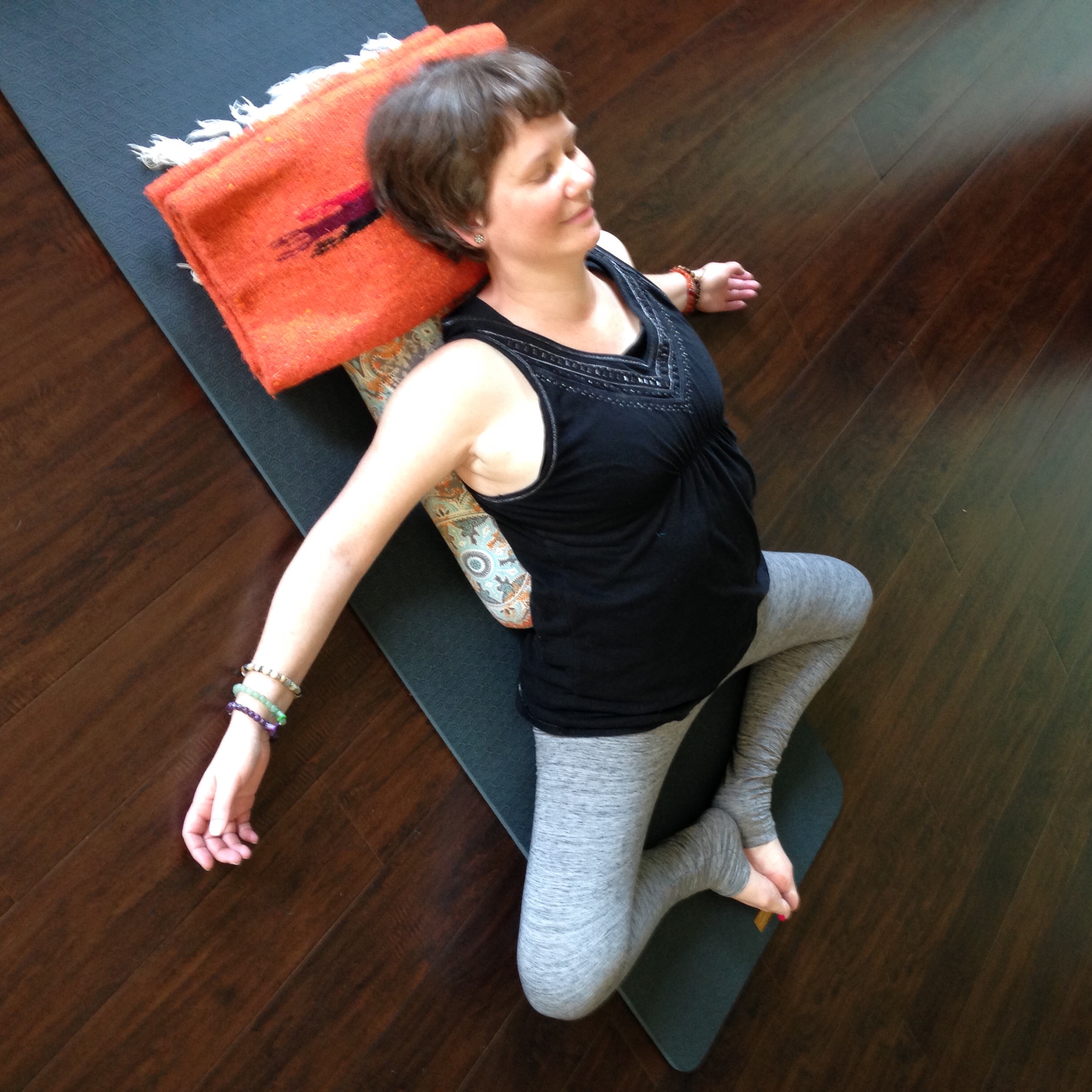 Anxiety is a real and true problem for about 40 million American adults—and lots of them are not even part of the nation’s cancer cohort.
Anxiety is a real and true problem for about 40 million American adults—and lots of them are not even part of the nation’s cancer cohort.
For many people with cancer, trying to eject the big C from the front of their minds is tough to do. After weeks or months of treatments to get to remission, or receiving a chronic cancer diagnosis with a wait-and-see approach until treatment is needed (what one of my friends terms “medical limbo”), it is certainly a challenge to get past the anxiety of cancer every waking moment.
Once cancer enters your life, everything gets complicated. You may feel out of control in your medical situation as well as your daily activities. When cancer metaphorically spreads from your body to your mind and spirit, it’s time for a reset.
Four Techniques to Overcome Anxiety
How can we move past seemingly never-ending identification with cancer to observe everything else in life? Along with yoga, breath work, and meditation—three time-honored practices—I would add a fourth: journaling.
I recently taught a special workshop at Claremont Yoga in my hometown catering to those affected by cancer. The students and I shared and wrote about our stories, practiced restorative yoga poses, sampled some beginning breath work, and meditated. For much of the two hours, we were able to observe our minds, to “chilax” (chill + relax), and to truly live in the moment together.
I invite you to try a few of these techniques to see whether life can feel more manageable and less anxiety-ridden. Wear comfortable clothes, gather some yoga blankets (or any blanket that keeps a fold) and bolsters (or firm pillows), find a timer, and have a notebook and pen handy. Close the door on the outside world to focus on you while we let go of cancer anxiety.
First, sit comfortably in a chair or on the floor with your notebook and pen to answer the following question.
When you become anxious about your cancer, what physical sensations arise? Without judging or self-editing, take a few minutes to jot down whatever descriptive words come to mind.
Now that you’ve taken time to write observations about how you feel in your body when cancer anxiety arises, let’s allow the body to release and rest.
Yoga
When I suggest yoga as a way to undo the anxiety built up in your body, I am not saying to turn yourself into a pretzel, but rather to try a restorative yoga position. Restorative yoga is a style that incorporates props to support you to find ease in a pose held until the connection tissue relaxes, two to five minutes. Even if you’ve never tried yoga before, let me describe a great pose—supta baddha konasana (reclined bound-angle pose in Sanskrit)—most people really enjoy.
- Sit in front of the short end of your bolster with the soles of your feet together, knees falling out to the sides like butterfly wings. If needed, fold blankets and place them underneath both thighs so the legs have something to rest into.
- Using hands then forearms, slowly lie back on the bolster with arms to the sides, palms facing up. If this arm position creates any discomfort, bend the elbows and rest the hands on your abdomen.
- Your head and neck should be comfortable. If you feel strain, place a folded blanket under your head to have your forehead higher than your slightly tucked-in chin to lengthen the back of the neck. Rest in this pose for up to 10 minutes.
- To retain the restful feeling from this pose, gently roll to the right side off the bolster, curling into a fetal position for several seconds before pressing up with forearms and hands back to a seated position, letting the head be the last part of the body to lift up.
Breath Work
People use pranayama (the Sanskrit word for breath work) to steady, energize, or calm themselves. The power of the breath is strong. For that reason, if you are ever practicing a breath work exercise and become light headed, agitated, dizzy, or cannot catch your breath, stop the practice and return to your natural breath.
Try this calming breath work exercise.
- Sit on the front, folded edge of a yoga blanket cross-legged with your pelvis tilted slightly forward. Alternatively, sit at the front a chair with feet grounded on the floor.
- After grounding into your seat while lengthening your spine, notice, without judging, your natural breath pace.
- Begin thinking of inhaling slowly for two counts: 1…2… and exhaling slowly for four counts: 4…3…2…1. Once you have the pattern in your mind close your eyes.
- Focus on counting up to 2 on each inhalation and counting down from 4 on each exhalation. If your mind wanders, return to the breath count with the next inhalation.
- When you feel rested, return to your natural breath pace, then gently open your eyes.
Once you get the hang of this pattern, try for a longer period and perhaps while in the restorative yoga pose described above.. You may also extend the counting pattern, with, for instance, a four-count inhalation and an eight-count exhalation. This calming practice is a wonderful way to relax the mind before going to bed.
Meditation
Some people believe the myths that meditation is too hard or too time consuming. As someone affected by cancer, two minutes of your life is small compared with all you cope with. And I bet you’ve spent the two minutes twice a day to brush your teeth—if so, you have the time to meditate. I invite you to try this 2-minute calming meditation.
- Sit on the front, folded edge of a yoga blanket cross-legged with your pelvis tilted slightly forward. Alternatively, sit at the front a chair with feet grounded on the floor.
- Set your timer for two minutes.
- After rooting down into your seat while lifting up through your torso, begin to notice your natural breath pace.
- Turn on the timer, close your eyes, and focus your attention on the breath.
- Notice the coolness of the air on your inhalations and the warmth as you exhale the breath. Note the sound of your own breath and any sounds outside of yourself.
- If your mind wanders, acknowledge it without judgment and return to focus on the breath.
- When the time is up, gently open your eyes.
By focusing on the natural breath, you just might find you let go of worries and concerns, at least for a small time. Meditation first thing in the morning or just before bed can help you turn inward to renew your spirit.
Journaling, Part 2
Now, return your attention to the notebook. Ask yourself how you feel about the writing prompt and your answer after going through the restful, relaxing, and renewing techniques of yoga, breath work, and meditation. Write down your reflections.
Whether separately or in combination, these science-validated techniques should calm your nerves and give you the tools to help you right your topsy-turvy, upended, anxious life.
Erin Michaela Sweeney is a writer, mommy, yogini, daughter, editor, sister, and napper extraordinaire who lives in Claremont, California.
